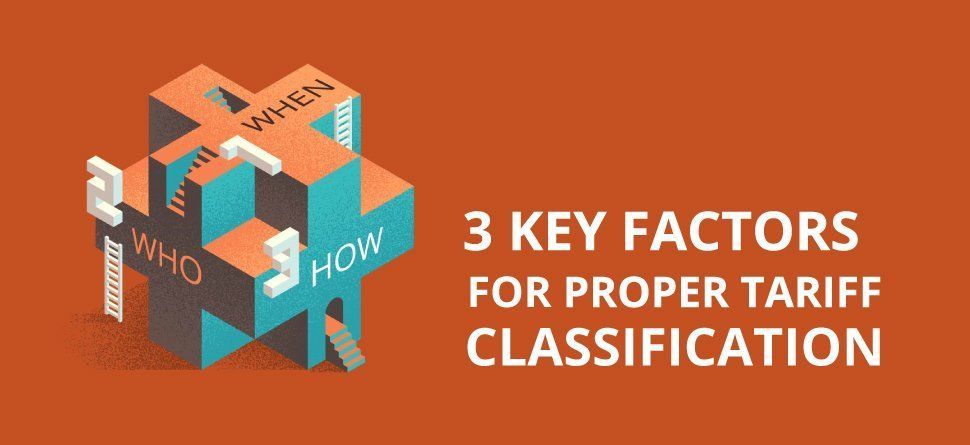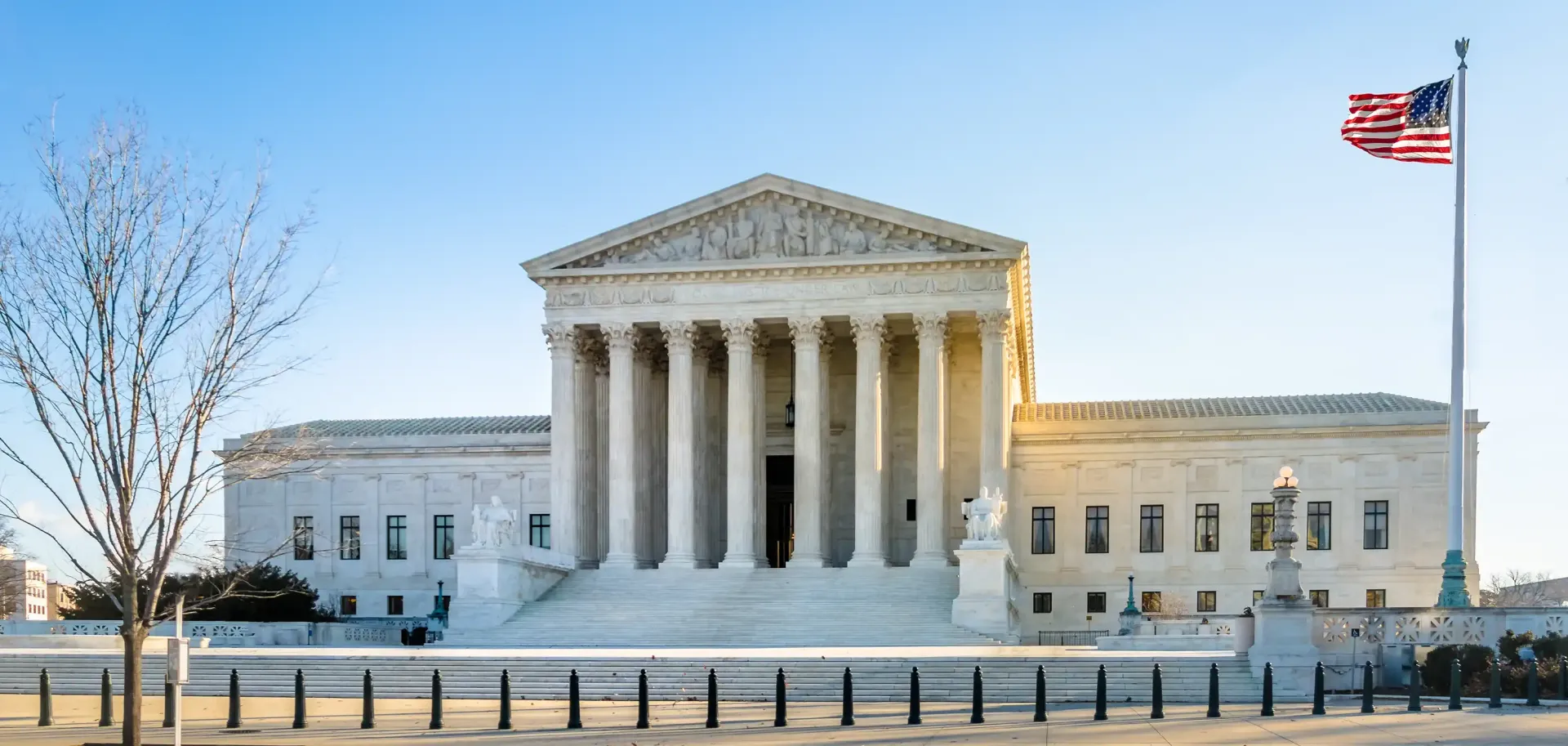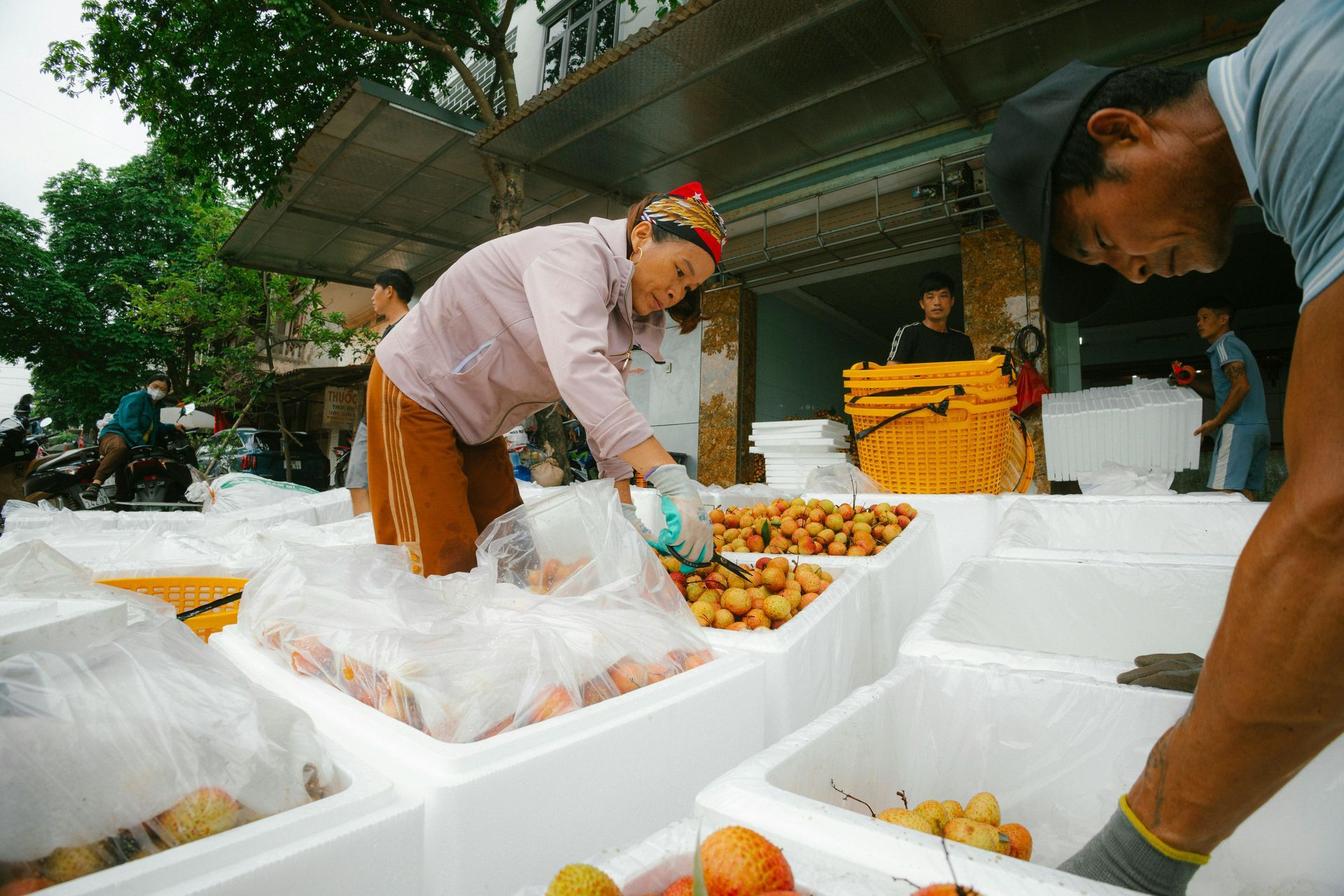Guide to 3 Key Factors for Classification
jlamadeleine • December 27, 2016
How incorrect classification of imports can cost you more than HTSUS requires.
- The first thing you will need to determine is the
last time your imports were classified according to the Harmonized Tariff
Schedule of the United States (HTSUS). Even though the HTSUS does not
frequently change, U.S. Customs and Border Protection does issue rulings almost
every day that can directly affect the classification and duty rates of imported
merchandise.
- Perhaps simultaneously, you need to determine
who did the classification of your imports.
The classification of imported merchandise is very complex. It requires
the cooperative effort of people that have technical knowledge of your
merchandise as well as people that understand the HTSUS. Too often either the
technical people classify the merchandise without expert knowledge of the HTSUS
or your import broker does the classification without extensive knowledge of
the merchandise.
- The classification of imported merchandise is more of an art than a science. It is very seldom that the exact parameters of your merchandise will be defined in the tariff. The determination of the correct tariff is not black or white but usually lies within the gray area. Rulings must be carefully checked, the explanatory notes (international guidelines) must be reviewed, and all technical aspects of the merchandise known.
Our experience has shown that about 90% of the merchandise imported into the United States is classified properly. This is because most of the importers are aware of the 3 key points mentioned above and do what’s necessary to minimize their duty obligations. In the other 10% of the cases, where the merchandise is misclassified, the importer is most likely paying more duty than is necessary. Under the law, it is the importers responsibility to classify their merchandise but most of them leave that task to their customs broker. The broker usually does not spend the time and/or does not have the technical ability to make the proper determination. In order to assess your situation, contact International Tariff Management and we will conduct a contingency based audit to help you possibly minimize your duty obligation.
Get actionable advice on cost-saving strategies that boost your bottom line.
Subscribe here:
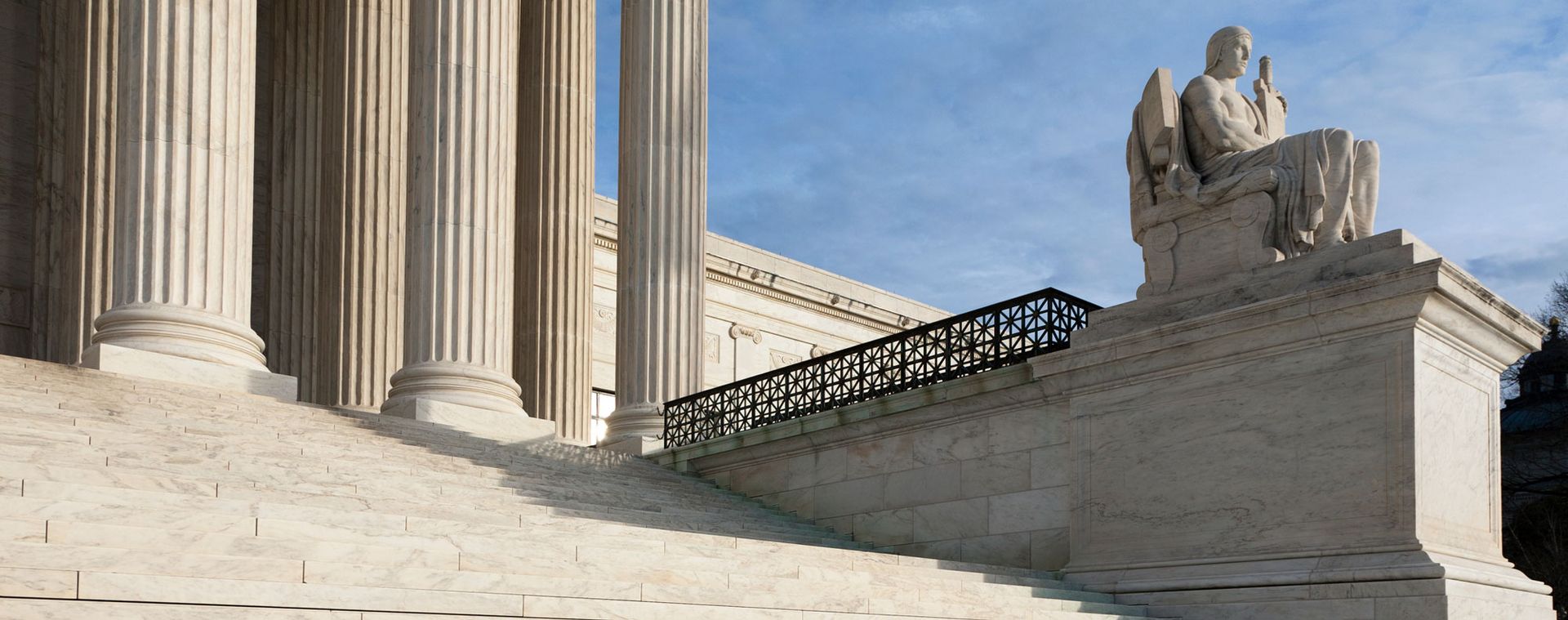
The latest on the reciprocal tariffs have them hanging in the balance. On August 29, 2025, the U.S. Court of Appeals for the Federal Circuit, affirmed a lower court decision finding that the reciprocal tariffs exceeded presidential authority under IEEPA. The court stayed its mandate until October 14, 2025, giving the g

On July 27th, the Trump Administration announced a deal with the EU imposing tariffs of 15% on most goods entering the US from Europe. As of August 1st, the 15% blanket tariff will cover most US imports. The US will have a 0% tariff for some items including equipment for US manufacturing and generic medicines.
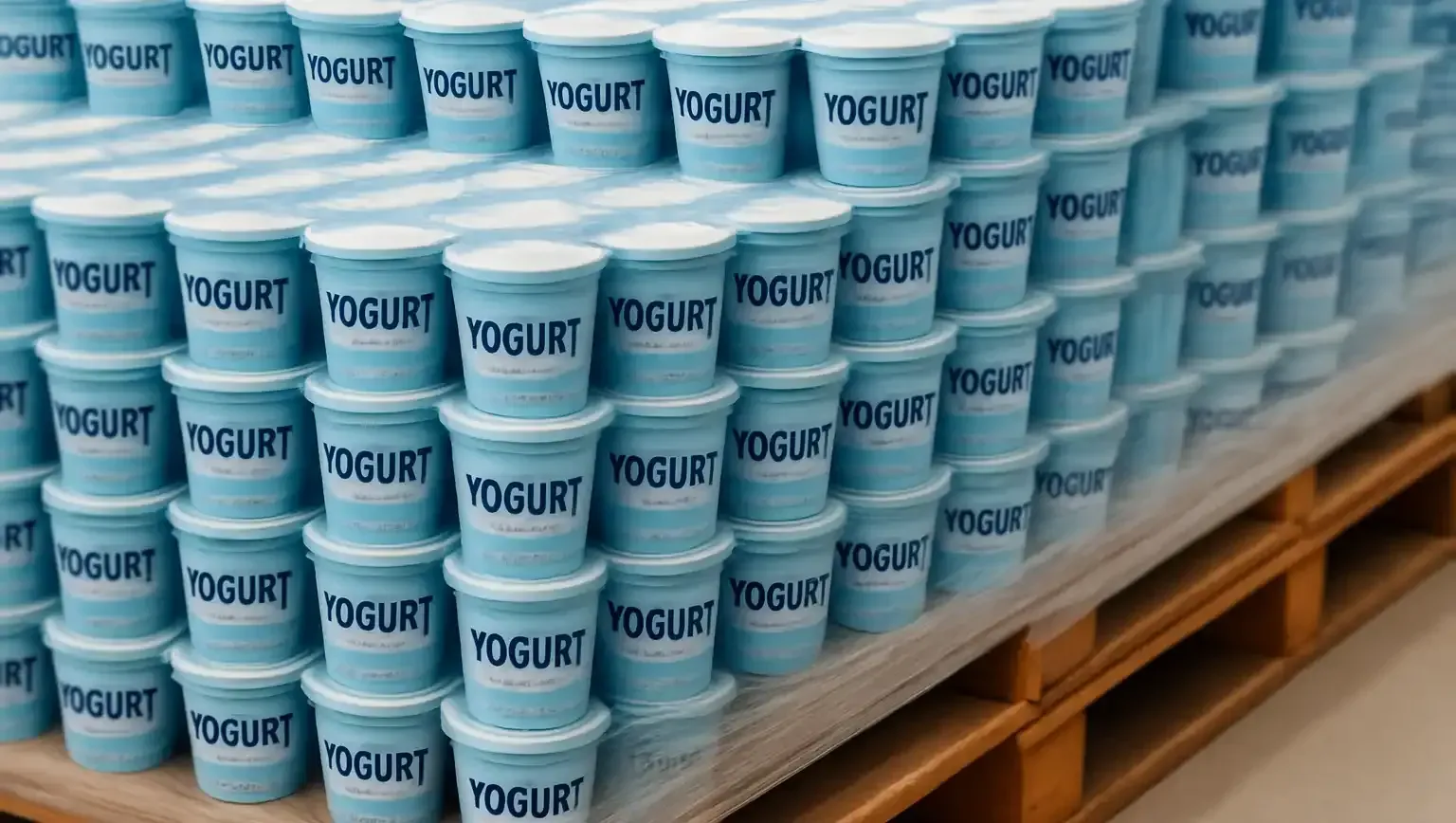
The American company reached out to ITM for guidance. They were pleased to learn that under U.S. Customs regulations, they could file for duty drawback—a refund of duties paid—on expired and destroyed goods. Within just four months, ITM had successfully obtained the required authorizations and filed all claims related to the product destructions. Due to ITM’s relationship USCBP, and their expertise, over $850,000 in duty refunds was recouped.

On May 28, 2025, a U.S. trade court ruled that President Donald Trump over stepped his authority in imposing the reciprocal tariffs. At that time, the court ordered an immediate block on said tariffs. As of May 29, 2025 a federal appeals court temporarily reinstated the most sweeping of Trump's tariffs. Pausing the lower court’s ruling, The United States Court of Appeals for the Federal Circuit in Washington is going to consider the government's appeal, and has ordered the plaintiffs in the cases to respond by June 5 and the administration by June 9. This is a developing situation and we will do our best to keep the information coming.

This jewelry retailer's duty drawback success story demonstrates the significant impact that a well-managed duty drawback program can have on profitability. By recovering significant funds, the jewelry retailer was able to reinvest in their business, enhance competitiveness, and strengthen their bottom line in a challenging market.

As of 12:01am, March 4, 2025, tariffs of 25% are effective on products from Canada and Mexico and energy products from Canada are subject to a 10% duty. Products that are presently excluded from these tariffs include goods that are for personal use, goods entered under Chapter 98, donations that are imported under HTSUS 9903.01.21and merely information items included under HTSUS 9903.01.22. All other imported items will carry the 25% tariff and no drawback is permitted on these duties.

The upcoming changes to steel and aluminum tariffs will significantly impact the steel and aluminum industries, with numerous provisions to ensure compliance. Importers, exporters, and manufacturers in the steel and aluminum sectors should stay informed about the latest developments and ensure their operations are aligned with these new tariff regulations.

